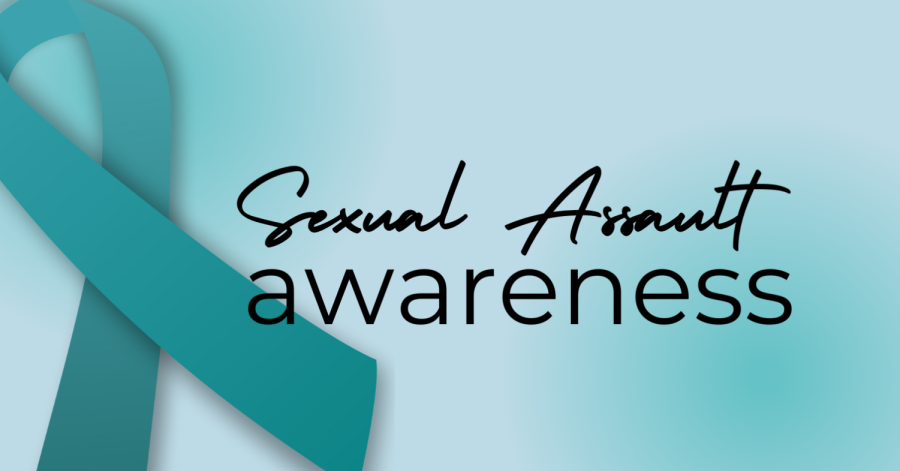Prevention demands equity
Bringing awareness to sexual assault
The first rape crisis center opened in 1971. It aimed to provide counseling and aid to victims of sexual assault and domestic violence in Oakland, California. Sexual Assault Awareness Month started as a month in 2001 to bring awareness and prevention of sexual assault, violence, harassment and abuse.
Sexual violence can be defined as sexual activity when consent is not obtained or given in any matter. In a majority of cases, the offender is someone that the victim knows, such as, but not limited to, a past or present friend or intimate partner, a coworker, neighbor or family member.
This year, Sexual Assault Awareness Month showcases “Drawing Connections,” with the slogan “Prevention Demands Equity.” With that slogan, it recognizes taking an ending to all forms of oppression and to end sexual harassment, assault and abuse. Sexual violence affects people, regardless of geography, race, age, ethnicity, gender, religion, sexual orientation, gender identity or even economic background. According to whitehouse.gov, about one in four women and one in 26 men have survived a rape or an attempted rape.
Abuse leads to more trauma than just in the moment; it can lead to depression, anxiety, Post Traumatic Stress Disorder (PTSD) and different emotional or physical issues. Physical issues may include bruising and genital injuries, while some other consequences may be chronic, such as reoccurring reproductive problems, gastrointestinal, cardiovascular or sexual health problems. In some cases, sexual violence can lead to negative health behaviors from the victim, including smoking, abuse of alcohol, drug use or engaging in risky sexual activity.
With statistics in raw numbers, of the 41 million women who have experienced rape in their lifetime, 13.5 million had experienced it between the ages of 11 and 17, and 5.1 million had experienced it before the age of ten. Out of 31 million men that have experienced rape in their lifetime, 825,000 experienced it between the ages of 11 and 17, and another 825,000 experienced it before the age of ten.
In some cases, offenders may carry out drug-facilitated sexual assault, meaning the assault occurs when alcohol or drugs are used to compromise the individual’s ability to consent to any sexual activity. The most commonly used drug in these crimes is alcohol, but other drugs can include Rohypnol, Gamma Hydroxybutyric Acid (GHB), Gamma-Butyrolactone (GBL), Ketamine or typically any drug that offenders feel will leave you helpless. Different products including a “nightcap drink cover scrunchie” allowing men and women to safely cover their drink while at a party or anywhere in public, in case of one of these drugs being put in a drink.
Ways to help coping include the National Sexual Assault Hotline, which is the nation’s first decentralized hotline. The hotline was created in 1994, and it has helped more than three million people affected by sexual violence.
The clothes one wears or the way one seems does not mean yes. No means no. Sexual assault is wrong no matter what context, or who is involved. If in need of help or support, reach out to the National Sexual Assault Telephone Hotline at 800-656-HOPE (4673).



